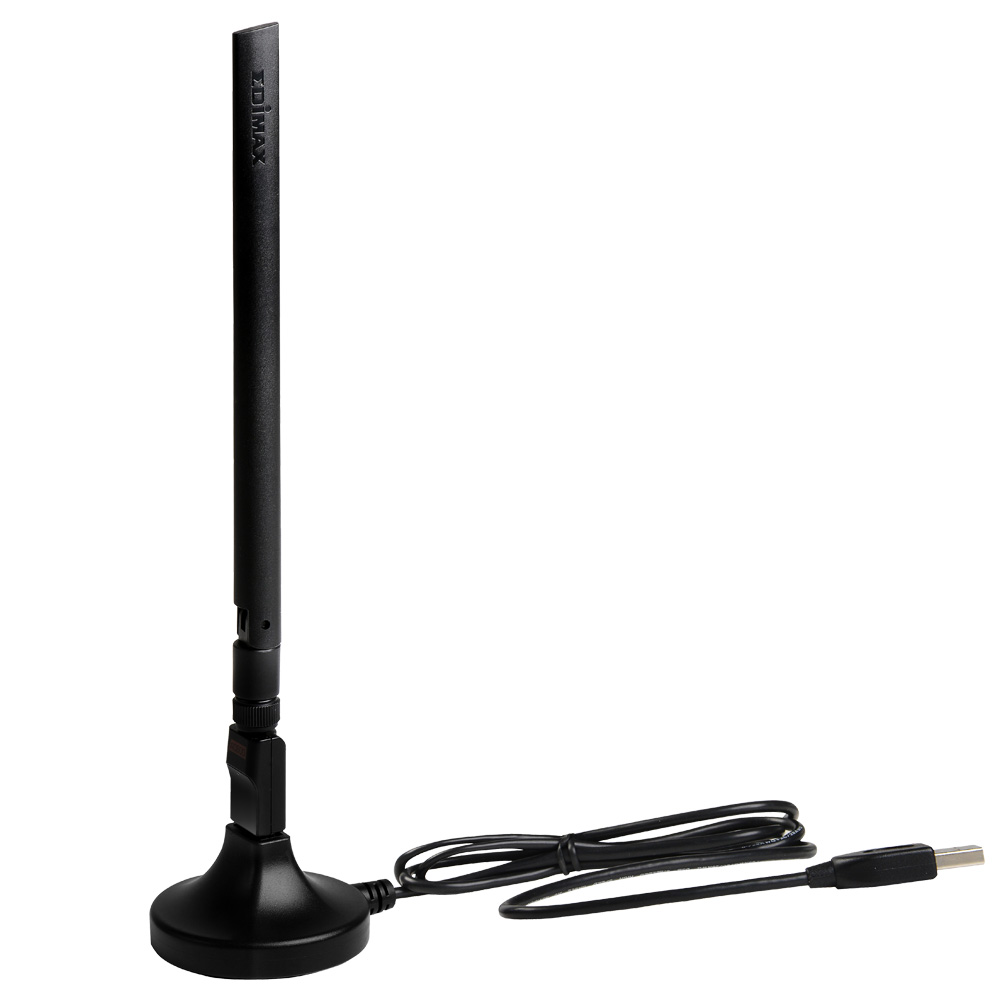
Then there was an update by the IEEE in 2016 which changed standards for max downlink/download speeds. As Tiger was the current OS between April 2005 and October 2007, it’s not a surprise that 802.11n support at the OS level was integrated into a Tiger update.Īs for IEEE 802.11ac, it’s a bit different, in that its drafting was in later 2013 - which means support at the OS level for Macs didn’t emerge until probably Mavericks (and someone correct me here), maybe the final 10.8.5 Mountain Lion update. It is also why, at least with the earliest MacBooks, the AirPort Extreme card within was ready for the 802.11n draft standard, but were shipped to customers without the protocol activated in the firmware (and why Apple soon offered a firmware update - initially, for a fee - to enable 802.11n functionality on those early cards. The IEEE 802.11n draft was published right around the time of Apple’s transition to Intel. Finding that combo was important enough to add to The Leopard Thread wikipost (along with another Edimax product for PCI/PCI-X Power Macs), in hopes that it would empower others to avoid the trial and error headache I dealt with.

I remember it took a lot of trial and error, along with digging through Archive-dot-org’s captures of the Edimax downloads page (to try out earlier or later minor revisions of the drivers), before I found that one was able to actually work in Leopard. When I last set up an EW-7811Un USB dongle (the EW-7811Un is probably an earlier iteration of the EW-7811Utc you have, which I wasn’t aware of until your mention above), it was that chipset connected to an iBook G4 with the specific driver version I linked to earlier. came into being long after Apple had moved over to Intel Macs and writing drivers was prioritized for those. This may speak to limited driver back-support for Universal Binary/PPC Macs, as a lot of these chipsets by Edimax/RealTek/etc.

I’m glad you at least got it working in some capacity - even if you can’t access the 5 GHz band.Īs memory serves, there probably aren’t going to be many options to speak of for accessing the 5 GHz 802.11n-spec range of frequencies with one of these USB dongles on the PowerPC Macs.


 0 kommentar(er)
0 kommentar(er)
